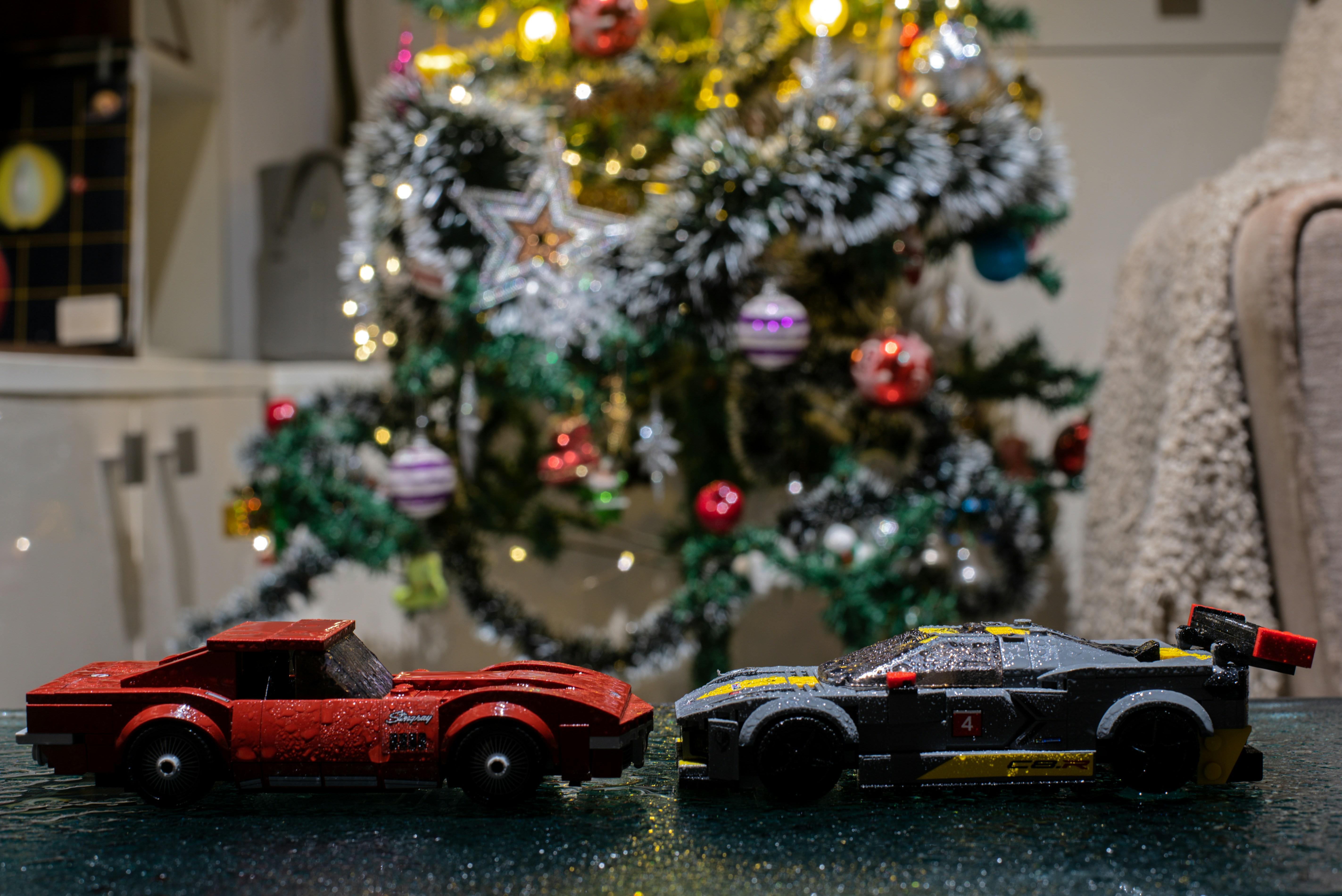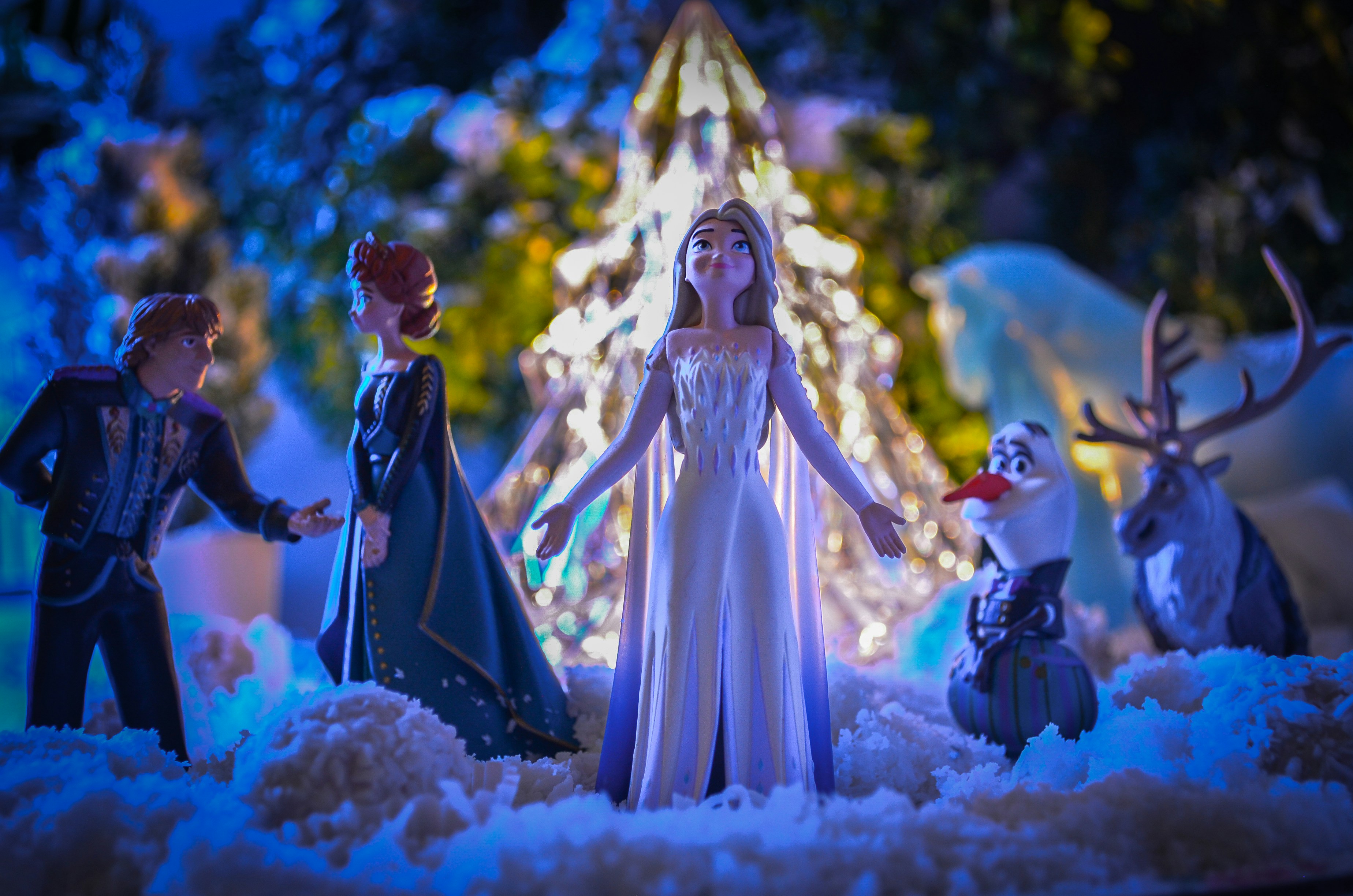In the competitive world of toy retail, timing can be everything. Aligning your sales strategy with key moments throughout the year—such as holidays, cultural events, and seasonal shifts—can make a big difference in both customer engagement and revenue. That’s where seasonal promotions and event-based marketing come in.
These marketing tactics aren't just about offering discounts—they’re about aligning your store’s offerings with what’s top-of-mind for your customers at any given time. In this blog, we'll break down how you can use these strategies to grow your toy retail business and keep shoppers coming back month after month.
Why Seasonal Promotions Work in Toy Retail
Toys are one of the most seasonal product categories out there. Demand tends to spike around major holidays, school breaks, and changes in the weather. By tapping into this natural rhythm, you can position your toy store to attract more customers and sell more inventory.
Advantages of Seasonal Promotions:
Increased Foot Traffic and Online Visits: Timely sales draw customers into your store or website, especially during peak gift-giving periods.
Faster Inventory Turnover: Use promotions to clear out seasonal items and make space for new stock.
Improved Customer Retention: Regular holiday or seasonal campaigns give customers a reason to return.
Higher Brand Recall: A well-timed promotion can position your brand as a go-to source for fun, relevant, and timely toys.

Smart Seasonal Promotion Ideas for Toy Sellers
1. Holiday Toy Sales
Holidays are prime opportunities for themed promotions. Here’s how to capitalize on them:
Christmas & Hanukkah: Create gift sets for various age groups. Use messaging like “Santa’s Picks” or “Holiday Toy Favorites.” Run early-bird deals in November to beat the last-minute rush.
Black Friday & Cyber Monday: Highlight doorbuster deals on trending toys, bundle items, and limited-time flash sales online and in-store.
Easter: Promote plush animals, craft kits, and outdoor spring toys. A “Hop Into Spring Sale” can resonate with parents looking for seasonal gifts.
Halloween: Sell character costumes, spooky-themed toys, and trick-or-treat accessories. Offer discounts on dress-up items or party kits.
2. Back-to-School Promotions
While not traditionally thought of as a toy-buying season, back-to-school is a great time to promote educational and skill-building toys.
Feature STEM sets, brain games, or puzzle kits that align with classroom learning.
Create bundles like “Learn & Play Packs” that include a toy and a school supply item.
Offer multi-buy discounts for teachers, daycares, or parents buying for multiple children.
3. Weather-Driven Sales
Changing seasons are the perfect excuse to refresh your product focus and launch new promotions.
Summer: Highlight toys for outdoor fun—think water blasters, sand toys, and sports gear. Position them as essentials for camps and vacations.
Winter: Focus on toys suited for indoor entertainment like building kits, RC cars, board games, and cozy plush toys. Offer a “Winter Fun Indoors” promotion.
What Is Event-Based Marketing and Why Is It Important?
While seasonal promotions are calendar-based, event-based marketing allows you to ride the wave of trending events—whether global or local—that capture public attention. This approach can create a strong emotional connection with your audience and toy supplier by showing that your brand is current, engaged, and relevant.
Why Event-Based Campaigns Perform Well:
They create urgency. Customers feel a fear of missing out (FOMO) during a limited-time event.
They align with real-time conversations. Being part of trending moments keeps your store in the cultural loop.
They’re highly shareable. Social buzz around events can amplify your campaigns organically.
Top Event Marketing Opportunities for Toy Stores
1. Movie and TV Tie-Ins
Movie and television releases create massive toy demand, especially when they appeal to kids.
Launch collections tied to blockbuster releases. For example, when a new Frozen or Spider-Man movie drops, roll out dolls, figures, and accessories accordingly.
Promote exclusive or limited-edition merchandise to boost perceived value and urgency.
2. Pop Culture and Comic Conventions
Events like Comic-Con or gaming expos draw large crowds of fans—many of whom collect themed merchandise.
Highlight collectible toys, action figures, and cosplay accessories.
Create online campaigns targeting fans of specific franchises (e.g., anime, superheroes, sci-fi).
3. Sports Seasons and Championships
Global and local sports events provide perfect backdrops for themed promotions.
Sell toy versions of sports gear, mini-games, or fan merchandise.
Run a “Win Big” campaign tied to outcomes of popular matches or tournaments.
4. Product Launches and Brand Anniversaries
New product releases or the anniversary of a classic toy brand present promotional opportunities.
Launch campaigns like “20 Years of LEGO Magic” or “Celebrate Barbie’s Birthday with 15% Off.”
Encourage pre-orders or offer freebies with purchases made during launch week.
5. Local Festivals and Community Events
Don’t underestimate the power of small-scale events. Your community may host parades, school fairs, or family festivals that can boost visibility.
Set up a booth or pop-up shop at local events.
Offer exclusive coupons for attendees or partner with local schools for sponsored giveaways.

Tips for Running a Successful Promotion
Executing your campaign is just as important as planning it. Here’s how to maximize your efforts:
1. Set Clear Goals
Are you aiming to clear stock, increase brand exposure, or acquire new customers? Defining your objective will help you track success.
2. Use Limited-Time Offers
Urgency drives action. Promote deals that last only a few days or weekends, and display countdowns to increase urgency online.
3. Bundle Products Creatively
Create curated packages—like “Rainy Day Toy Kits” or “Superhero Starter Packs”—that increase your average cart value.
4. Leverage Social Media
Use Instagram, Facebook, and TikTok to create excitement with sneak peeks, giveaways, or contests. Ask users to share photos of their toy hauls for a chance to win.
5. Offer Incentives Like Free Shipping
Online shoppers love added value. Free shipping thresholds, mystery gifts, or loyalty points can motivate larger purchases.
How to Track the Effectiveness of Your Campaign
Knowing what works is critical for future promotions. Use these metrics to evaluate success:
Sales Uplift: Compare sales during the campaign to your baseline.
Engagement: Look at email open rates, social shares, and ad clicks.
Website Traffic: Analyze spikes in visits and time spent on product pages.
Stock Movement: Monitor which products sold fastest to identify winners.
Customer Feedback: Collect reviews and social comments to gauge satisfaction and sentiment.
Final Thoughts: Stay Relevant Year-Round
The key to sustained toy retail success lies in your ability to adapt quickly and market strategically. By weaving seasonal and event-driven campaigns into your yearly calendar, you can stay ahead of trends, move inventory more efficiently, and build stronger relationships with your customers.
